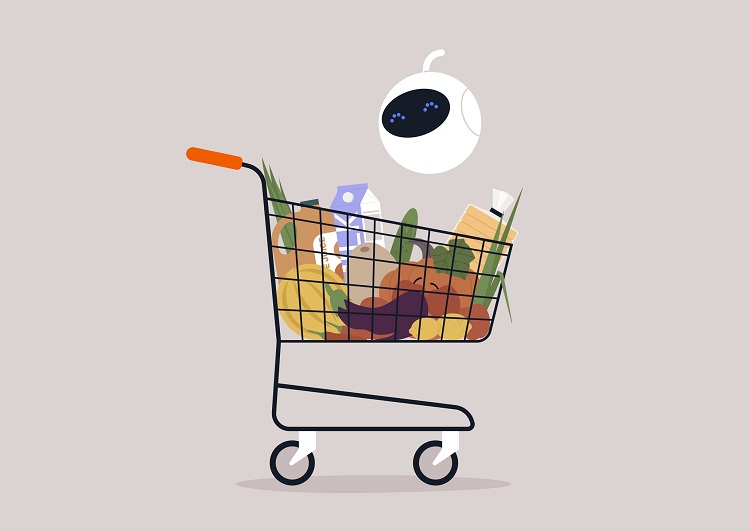Food waste is a serious problem worldwide: it contributes to climate change and is costly for food manufacturers, retailers and consumers.
According to the United Nations, about 13 percent of food produced globally is lost between harvest and retail, and an estimated 17 percent of food produced globally is wasted in households, food services and retail outlets.
“Food loss and waste undermine the sustainability of our food system,” a UN spokesperson said. “When food is lost or wasted, all the resources used to produce that food are wasted, including water, land, energy, labour and capital. Moreover, disposing of food loss and waste in landfills leads to greenhouse gas emissions and contributes to climate change. Food loss and waste also have a negative impact on food security and food availability and can lead to higher food prices.”
And food waste is also a major cause of world hunger.
“Reducing food loss and waste is essential in a world where the number of people suffering from hunger has steadily increased since 2014 and huge amounts of food are lost or wasted every day,” a UN spokesman said.
Now scientists think they may have made a breakthrough in the fight against food waste with the invention of “smart packaging” that identifies when food is no longer edible, without having to rely on the predetermined and sometimes inaccurate “sell by” or “best by” dates that consumers currently rely on.

How can “smart packaging” reduce food waste?
A research team from McMaster University in Canada has devised a series of tests to determine if the contents of food packages are contaminated, with the aim of reducing food waste and preventing illness. Moreover, the team is now working with producers and regulators to incorporate this smart packaging technology into commercial products.
In a study published in Nature Reviews Bioengineering, researchers analyzed the current practice of using “best before” or “expiration dates” as a way to keep food safe. They then set out to develop more efficient alternatives that would prevent perfectly good food from going to waste.
Since 2018, the team has developed a range of packaging-based technologies to detect or prevent food spoilage. Previous inventions include a colour-changing wrap called the “Sentinel Wrap”, a portable test to quickly identify spoilage in retail stores, and a miniature test called the “Lab-on-a-Package” that is integrated into food trays. They have also developed a sprayable gel infused with bacteriophages that neutralise harmful bacteria.
All solutions target common pathogens such as Listeria, Salmonella and E. coli.
 Scientists have invented a package that lets consumers know when a product is no longer edible. Getty Images/Tan-Min Tong
Scientists have invented a package that lets consumers know when a product is no longer edible. Getty Images/Tan-Min Tong
Pushback from the food industry
However, the research team has faced resistance from food producers, who are hesitant to adopt the technology because of the extra costs it would entail.
But the researchers believe their technology could save food manufacturers money by preventing food poisoning and food waste, and they estimate that societal savings from reduced waste and healthcare costs could reach hundreds of billions of dollars a year worldwide.
“On the one hand, people want to eat safe food. On the other hand, they don't want to pay more for food because it's already expensive and only going to get more expensive,” said Tohid Didar, a biomedical engineer and corresponding author of the paper.
Didar also stresses the importance of starting a dialogue between researchers, policymakers, companies and consumers to address these issues, as the introduction of contamination detection technologies will require changes to food regulations and packaging practices.
Additionally, Shadman Khan, the paper's lead author, claims that the team is focused on moving away from outdated calendar-based systems to more accurate detection-based food safety systems.
 Image credit: GettyImages/Marina113
Image credit: GettyImages/Marina113
Food waste on the high seas
Cruise lines are tackling a huge problem: food waste head-on. So how are they doing it? And can food manufacturers learn from their approach?
Source: Commercialization of smart food packaging
Published online: April 30, 2024
Source: https://doi.org/10.1038/s44222-024-00190-5
Authors: Shadman Khan, Zeinab Hosseinidoust, Yinghu Li, Carlos DM Filipe, Tohid F Didar



